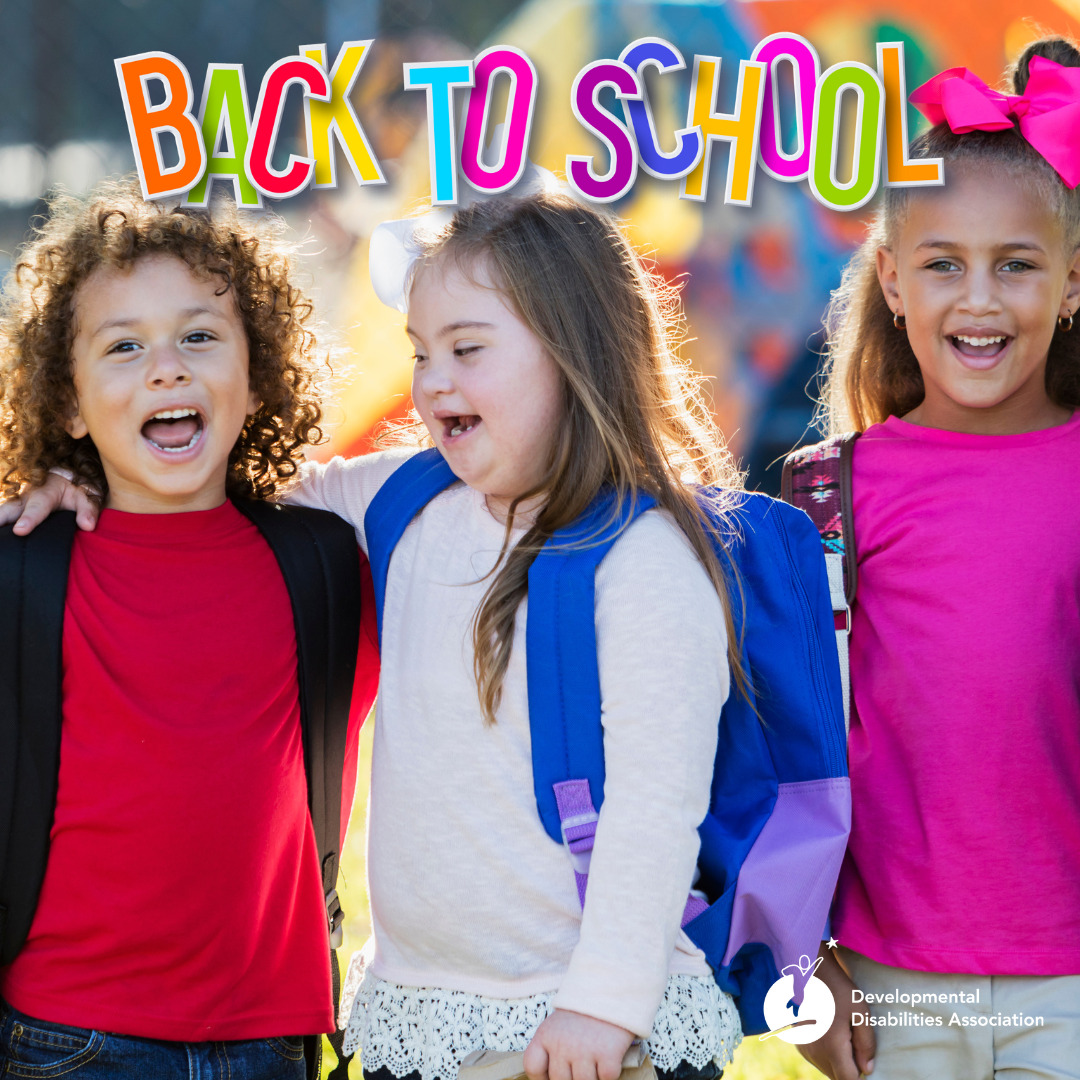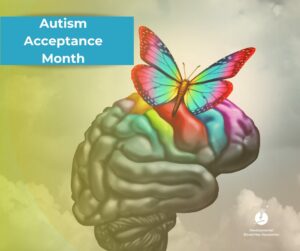It’s hard to believe, but another summer is almost behind us. Kids of all abilities are now getting ready to head back to class. For kids with developmental disabilities, this transition can bring about a unique set of challenges and considerations. However, with proper planning, understanding, and support, the back-to-school season can be a positive and empowering experience for everyone involved.
1. Start a Countdown: Generate Excitment
Start talking about the school year a couple of weeks ahead of time. You can mark off days on a calendar or some other form of a ‘countdown’ to make going back to school feel like a fun activity.
2. Open Conversations: Communication is Key
One of the fundamental aspects of ensuring a smooth transition back to school for kids with developmental disabilities is fostering open conversations about heading back. These discussions should involve both the child and their support network, including parents, caregivers, teachers, and therapists.
3. Individualized Education Plans (IEPs)
Develop an IEP. IEPs are personalized plans designed to cater to the unique needs of children with developmental disabilities. These plans outline specific educational goals, strategies, and accommodations tailored to each child’s requirements. Collaborate closely with the school staff to ensure that the IEP addresses your child’s developmental needs.
4. Visit the School Ahead of Time
Knowing what’s ahead can alleviate anxiety. Arrange a visit to the school before the academic year starts. Walk through the classrooms, hallways, and common areas. Introduce your child to their teachers and classmates. This can help reduce stress and make the first day of school less intimidating.
5. Establish Routines and Visual Schedules
Children with developmental disabilities often thrive in structured environments. Establishing daily routines and using visual schedules can provide a sense of predictability. Visual schedules, whether in the form of pictures, icons, or written words, can help your child understand the sequence of activities throughout the school day.
6. Promote Social Integration
Encourage social interactions by working with teachers and peers to create opportunities for your child to engage in group activities. These interactions can be facilitated through structured playtimes, group projects, or shared interests. Building positive relationships with classmates can enhance your child’s overall school experience.
7. Sensory Considerations
Many children with developmental disabilities have sensory sensitivities. Collaborate with teachers to create a sensory-friendly classroom environment. This could involve providing sensory tools like fidget toys, quiet corners for breaks, and minimizing overwhelming stimuli.
8. Emphasize Strengths and Interests
Celebrate your child’s strengths and interests. If your child has a particular passion, discuss with teachers how it can be incorporated into their learning experience. This not only boosts confidence but also creates a sense of belonging.
9. Ongoing Communication with Teachers
Maintain an ongoing dialogue with your child’s teachers. Share updates about their progress, challenges, and any changes in their needs. Likewise, teachers can provide insights about classroom dynamics and suggest strategies for supporting your child’s learning journey.
10. Embrace Patience and Flexibility
The journey of education is a marathon, not a sprint. There will be days of triumph and moments that present challenges. Embrace patience and flexibility as you navigate the ups and downs. Celebrate small victories and learn from setbacks.



